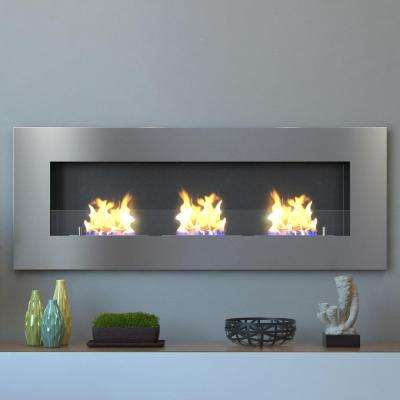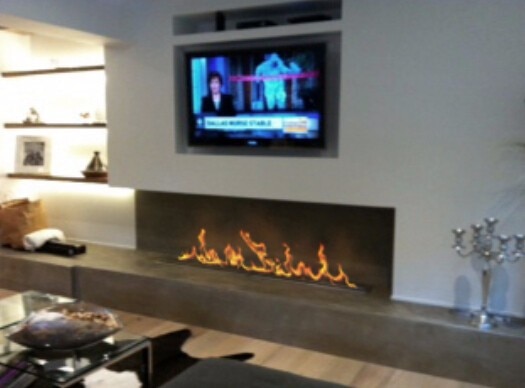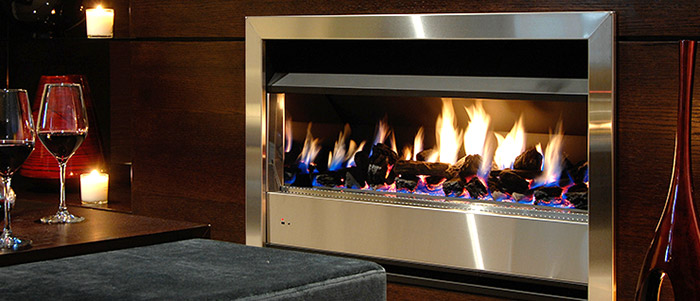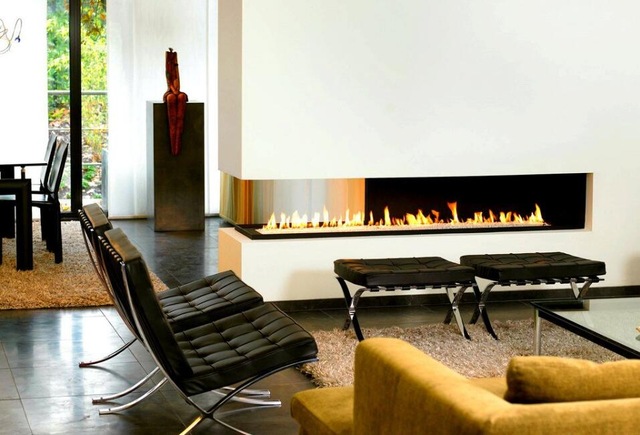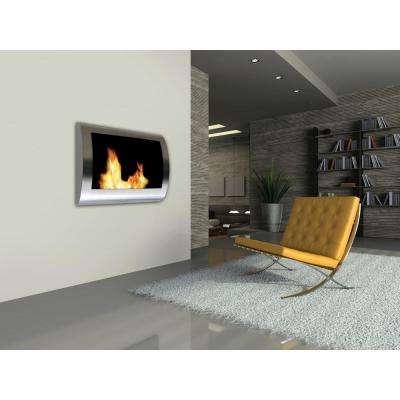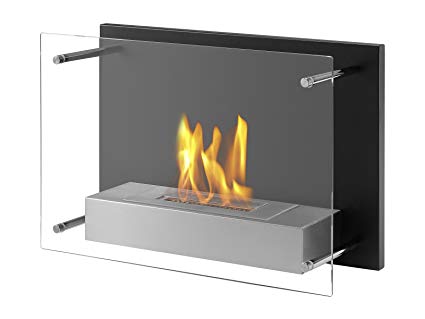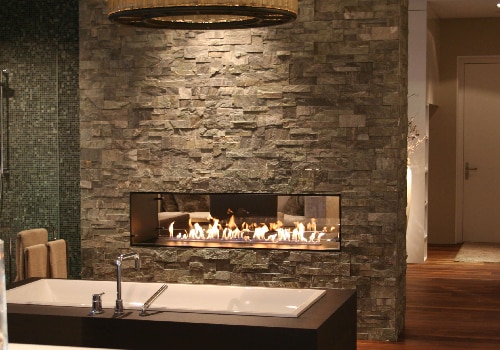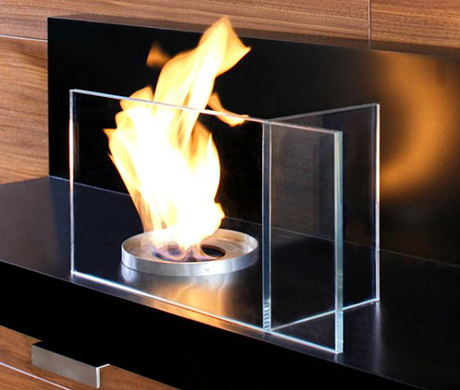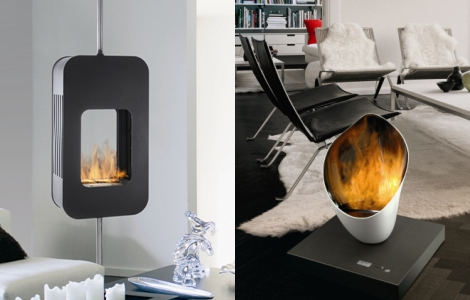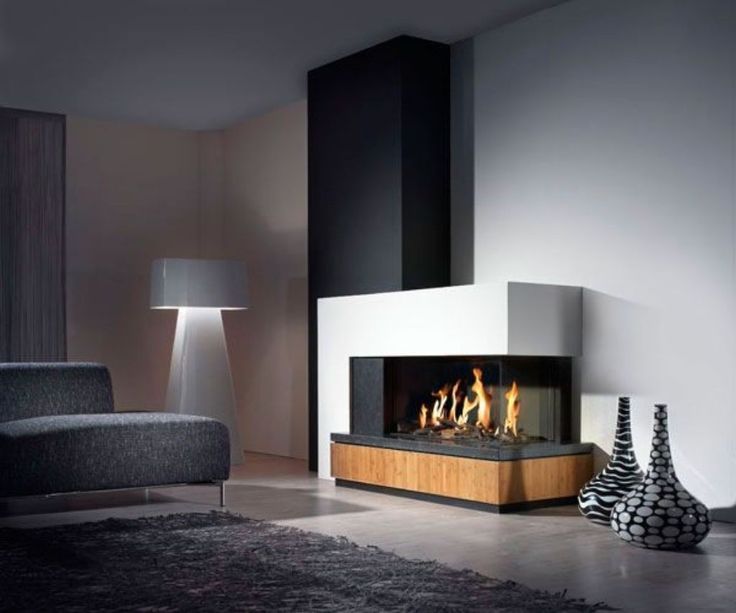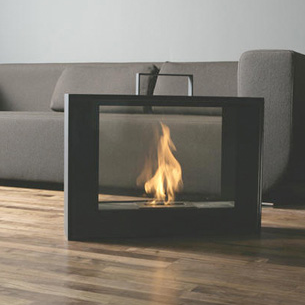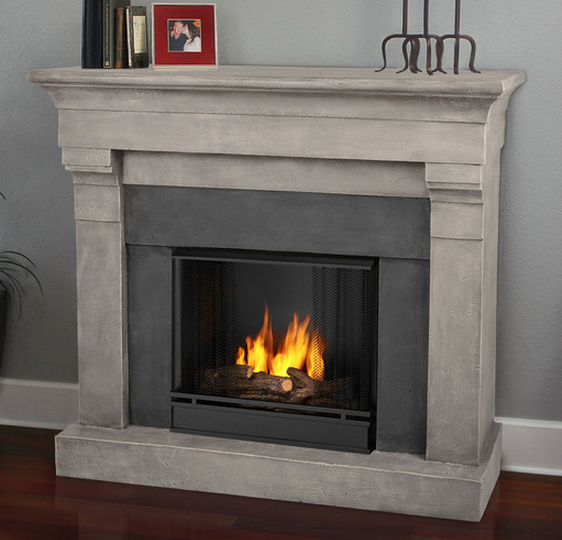The sight of a roaring fire in every room is just fantastic. Especially on cold autumn evenings and in winter. Unfortunately, this dream is not feasible for everyone and everywhere, especially since the installation of a stove and especially an open fireplace is very expensive and is associated with expenses. For this reason, the decorative fireplaces were invented. In recent years, especially the ethanol fireplaces have become a popular alternative. After all, they do not need a chimney. In addition, the entry-level models can be obtained at very reasonable prices. But consumers must be very careful when purchasing an ethanol fireplace, because the purchase of such a decorative fireplace means at the same time to have to pay attention to a few points in order to operate the ethanol fireplace safely. Above all, the ethanol fireplaces are not intended for small rooms, so the researchers at the Fraunhofer Institute strongly discourage their use in smaller rooms.
Recommendations wall ethanol fireplace
As their name implies, these chimneys are powered by ethanol. The fuel of the fireplace is therefore 95 to 98 percent pure ethanol. Gelatin and water are mixed with cheaper variants, but here there is the disadvantage that when burning unpleasant odors may arise. Mario Reimbold, the specialist for combustion plants at TÜV Rheinland, therefore advises always to pay attention to what is recommended by the manufacturer.
Danger of dangerous residues in the room air
Above all, the Fraunhofer Institute for Wood Research warns of pollutants that are produced during combustion. According to a study by the Wilhelm Klauditz Institute (WKI) in Braunschweig, the furnaces do not direct the exhaust air to the outside, so that the products of combustion remain in the living space. The chemist Michael Wensing explains that these combustion products include fine combustion particles, as well as irritating gases nitrogen dioxide and formaldehyde. Even the carcinogenic substance benzene gets into the living space and thus into the respiratory tract of the consumer. Although theoretically ethanol should burn completely to water and carbon dioxide, this is not necessarily the case. Rather, this depends on the quality of the fuel and other factors (such as the type of fuel or the combustion temperature).
In the aforementioned study, four fireplaces with ethanol and eight liquid or gel fuels were tested in test chambers according to the minimum technical standards of DIN 4734-1 and the manufacturer’s instructions for ventilation. The results showed that in most cases high pollutant concentrations were found in which the guideline values were frequently exceeded.
 savillefurniture Interior Design Ideas
savillefurniture Interior Design Ideas
